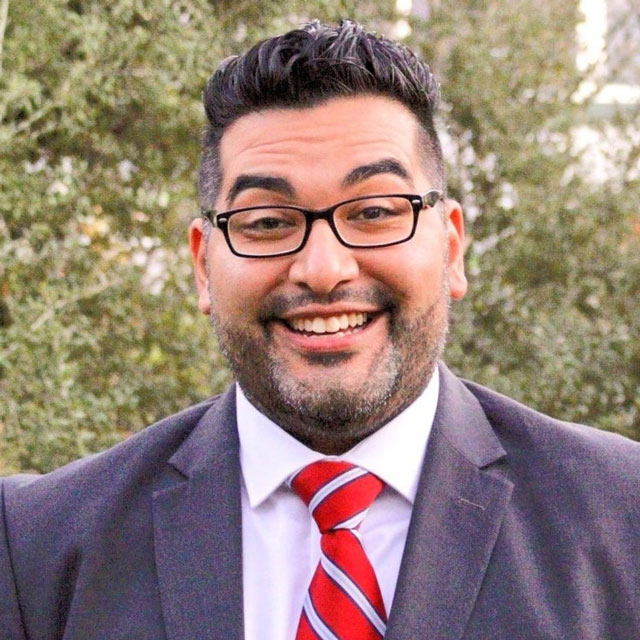The Silicon Valley Bank and Signature Bank collapses rattled financial markets, leaving investors wondering what other shoes might drop and how that could affect their portfolios.
Bank customers also may question how safe their money is, even though the government announced that all depositors at the two failed banks would be made whole.
We asked financial advisors this week: What are you telling clients about the safety of their assets in banks and other institutions?
Here are responses from seven advisors. Some have been edited.
(Photo: Adobe Stock)







 March 16, 2023 at 03:09 PM
March 16, 2023 at 03:09 PM
















